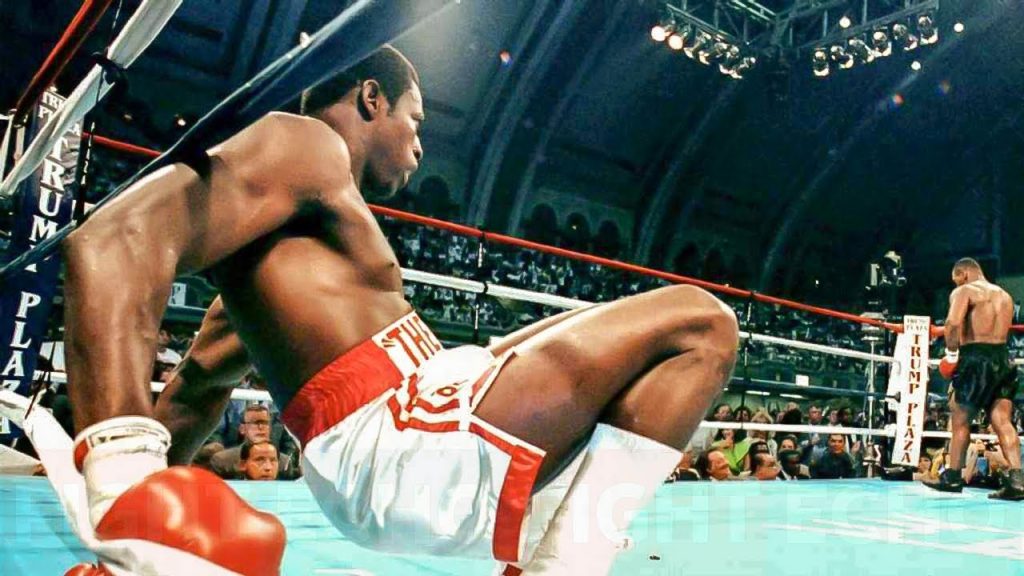The heavyweight division, boxing’s traditional glamour class, finds itself at a fascinating crossroads. With several compelling storylines unfolding simultaneously, the landscape of heavyweight boxing continues to evolve, presenting both opportunities and challenges for its biggest stars.
The Fury Factor
Tyson Fury’s position atop the heavyweight mountain remains both commanding and complex. The “Gypsy King” has redefined what’s possible for a man his size, combining remarkable agility with boxing IQ that belies his imposing frame. Yet, questions about his next move persist after recent performances that showed both vulnerability and resilience.
Recent sparring reports suggest Fury has been implementing significant changes to his training regime. His camp has emphasized explosive movement and combination punching, potentially signaling a return to the more aggressive style that marked his earlier career. This evolution could prove crucial as new challenges emerge from an increasingly talented heavyweight pool.
Usyk’s Technical Revolution
Oleksandr Usyk’s impact on the heavyweight division has been nothing short of revolutionary. The former cruiserweight king has brought a level of technical sophistication rarely seen among the big men. His footwork and punch precision have created problems that traditional heavyweight approaches simply cannot solve.
Training footage from Usyk’s camp reveals an emphasis on maintaining his speed advantage while adding more power to his arsenal. His team has focused on developing combinations that maximize his natural attributes while addressing the size disadvantage he typically faces against natural heavyweights.
The American Resurgence
America’s heavyweight scene has witnessed a notable revival, led by a new generation of prospects who combine traditional power with modern athletic approaches. Jared Anderson’s emergence as a serious contender has reignited interest in U.S. heavyweight boxing, while Frank Sanchez’s technical proficiency offers a different look at what American heavyweights can be.
These rising stars have benefited from advanced training methods that blend old-school fundamentals with contemporary sports science. Their development represents a potential shift in how heavyweight contenders are groomed for world-level competition.
British Boxing’s Heavy Influence
British heavyweight boxing continues to exert significant influence over the division. Beyond Fury, fighters like Joe Joyce and Daniel Dubois represent different approaches to heavyweight success. Their contrasting styles – Joyce’s relentless pressure versus Dubois’s explosive power – highlight the division’s tactical diversity.
The British boxing infrastructure, with its emphasis on developing heavyweight talent, has created a pipeline of contenders who regularly feature in meaningful fights. This systematic approach to talent development has helped maintain the UK’s prominent position in heavyweight boxing.
Evolution of Training Methods
Modern heavyweight training has undergone significant changes. Today’s elite heavyweights incorporate advanced conditioning techniques, nutrition science, and recovery methods that were unavailable to previous generations. This evolution has produced more athletic, versatile fighters capable of maintaining high activity levels throughout lengthy contests.
Particular attention has been paid to mobility work and explosive training, allowing bigger fighters to move with unprecedented fluidity. Sports psychology and mental conditioning have also become integral parts of preparation at the highest level.
The Commercial Landscape
The business of heavyweight boxing continues to adapt to changing media consumption patterns. Streaming platforms have created new opportunities for exposure, while social media has allowed fighters to build personal brands independent of traditional promotional channels.
This shift has influenced how heavyweights approach their careers, with many taking more active roles in managing their public personas and business interests outside the ring.
International Impact
The globalization of heavyweight boxing has introduced new styles and approaches to the division. Fighters from Eastern Europe have brought technical precision, while African heavyweights have added explosive athleticism to the mix. This international influence has created a more diverse and competitive landscape.
Emerging markets have also created new opportunities for significant fights, with various regions vying to host major heavyweight events.
The Championship Picture
The road to undisputed status remains complex, with political and promotional obstacles often competing with sporting merit. However, the division’s depth means that compelling matchups exist beyond just championship fights, creating multiple paths to relevance for ambitious contenders.
Recent negotiations have demonstrated both the challenges and opportunities in making significant heavyweight fights, with various stakeholders working to balance competitive, commercial, and promotional interests.
Future Prospects
The next generation of heavyweight talent shows promise in combining traditional power with modern athletic attributes. Young prospects are entering the professional ranks with more refined technical skills than their predecessors, suggesting an evolution in how heavyweight boxers are developed.
These emerging talents benefit from improved amateur programs and earlier exposure to professional-style training methods.
Looking Forward
The heavyweight division’s immediate future appears both promising and unpredictable. While established stars continue to command attention, the emergence of new contenders and evolving fighting styles suggests a period of transition that could reshape the division’s competitive landscape.
As these storylines continue to develop, the heavyweight division seems poised for a period of compelling matches and emerging rivalries that could usher in a new golden era for boxing’s premiere weight class.
